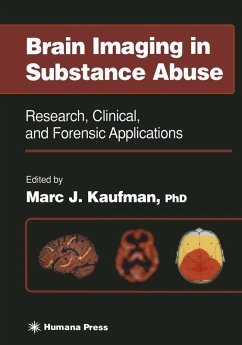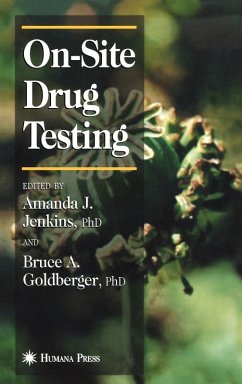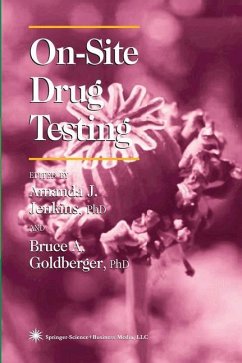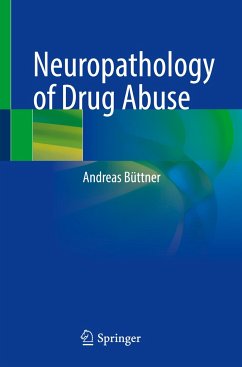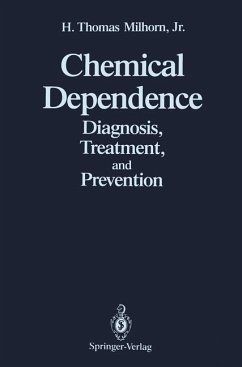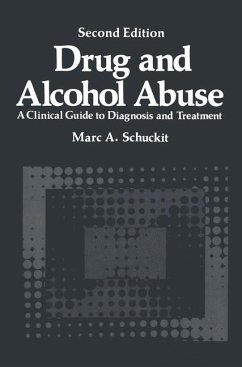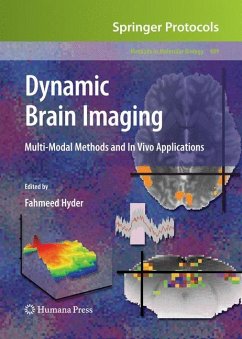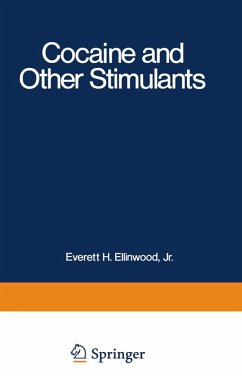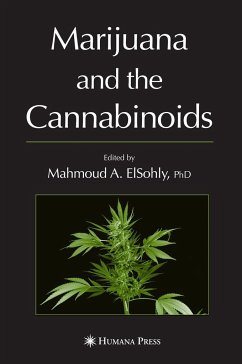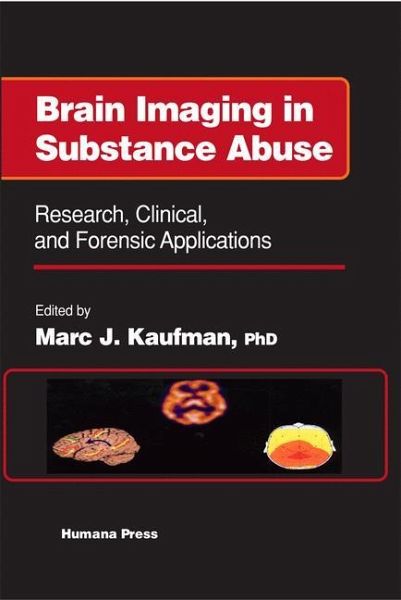
Brain Imaging in Substance Abuse
Research, Clinical, and Forensic Applications
Herausgegeben: Kaufman, Marc J.
Versandkostenfrei!
Versandfertig in 1-2 Wochen
149,99 €
inkl. MwSt.

PAYBACK Punkte
75 °P sammeln!
The last two decades have seen prodigious growth in the application of brain imaging methods to questions of substance abuse and addiction. Despite considerable advances in our understanding of the central effects of drugs provided by preclinical data, relatively little direct evidence was known of how substances of abuse affect the brain and other eNS processes in humans. Brain imaging techniques have allowed access to the human brain and enabled the asking of questions never before imagined. The positron emission tomography (PET) data ofVolkow and her colleagues in the late 1980s, showing th...
The last two decades have seen prodigious growth in the application of brain imaging methods to questions of substance abuse and addiction. Despite considerable advances in our understanding of the central effects of drugs provided by preclinical data, relatively little direct evidence was known of how substances of abuse affect the brain and other eNS processes in humans. Brain imaging techniques have allowed access to the human brain and enabled the asking of questions never before imagined. The positron emission tomography (PET) data ofVolkow and her colleagues in the late 1980s, showing the uptake and time course of cocaine's binding in the human brain, revealed for the first time the distinct sites of action of this drug. This work was extremely important because it showed clearly, through imaging a drug in the brain of a living human, that the time course of its action paralleled the behavioral state of "high. " This study marked a turning point in our understanding of drug-brain-behav ior interactions in humans. Many more investigations of drug effects on the structure and function of the human brain were soon to follow, leading to much better insights into brain systems. Brain imaging allowed for the direct assessment of structural and functional anatomy, biology, and chemistry in substance abusers.





